Welcome new subscribers! This week, Substack selected my newsletter as a Featured Publication. What I have been considering is: what can I take from this experience to help other writers on Substack (and outside of it.) Now, I’ve sent out an email newsletter every week for 18 years, and this kind of recognition means so much to me.
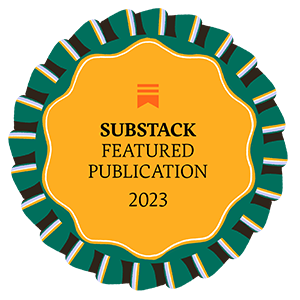
This is what I would like to cover today:
- A case study of how I think I became selected as a Featured Publication.
- Specific ways that Substack is aligning to what I call Human-Centered Marketing, and how you as a writer can leverage that.
- Why I think Substack is doing something profound for writers by offering them a seat at the table in a way that not only celebrates writing and creates community, but has changed the game in terms of writers getting paid.
(Worth noting: I’m not sponsored by Substack or anything, I am simply seeing so much opportunity here for writers.)
If you are new here, this is a brief introduction to who I am: My name is Dan Blank. I spend my days in a small studio surrounded by typewriters, helping writers learn to share their work, reach their readers, grow their platforms, and launch their books. This is the work I have done full-time for more than 13 years. I am the luckiest person in the world. I love writers.
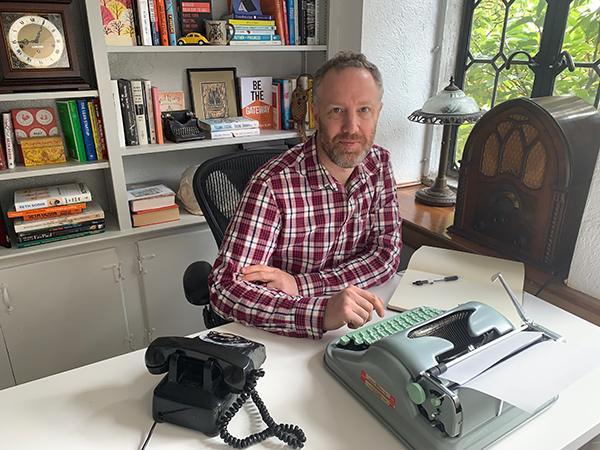
Okay, let’s dig in…
Substack Case Study
Of the many fascinating things that Substack is doing for writers, one of the most compelling is the many ways they encourage recommendations. This seems to happen in a myriad of ways, including allowing publications to recommend other publications. But Substack as a platform does so much to highlight and recommend writers. One of those ways is their Featured Publications designation.
Now, I don’t know exactly how The Creative Shift became a Featured Publication, but I noted several specific things that happened in the past week. I’m going to present them in the order that I observed them:
- On April 21st, I posted this essay on my Substack: Why I moved my newsletter of 18 years to Substack. This is a personal story that means a lot to me. I was also aware that it may be the type of post that would resonate with people at Substack since it shares why I trusted them so much with my newsletter, which is so important to me.
- On June 21st, the Substack Reads account asked readers to submit the best thing they read or listened to on Substack in the past week. This account shares a weekly roundup. Someone who reads my newsletter, Margie Whiteleather recommended my April 21st blog post in this thread, and tagged me. Thank you Margie!!!!
- A day later, the Co-founder of Substack and its Chief Writing Officer posted a comment on my Substack welcoming me to the platform. That. Was. Awesome! To be noticed and welcomed. I mean, not to get sentimental, but I think back to the TV show Cheers, and its theme song singing that we all want to go to a place where people recognize you when you walk in. The word “community” is thrown around a lot online. But this kind of welcome really meant something to me.
- That same day, the Substack Writers account re-shared one of my notes on Substack.
- The Head of Marketing at Substack also re-shared one of my posts that day. What I felt here was, again, a community of people truly seeing each other.
- Over on Twitter, the official Substack account quoted that essay I shared back in April and linked directly to it.
- Around this same time period, a member of Substack’s community team shared a quote and link from my most recent newsletter. Again, it felt as though the people at Substack were truly looking at my work, and sharing specific things that resonated. That kind of recognition is so, so, so appreciated.
- On June 26th, I received a notification that I was selected as a Featured Publication on Substack, and that my publication would appear in their Discover section.
In a way, all of this happened so quickly. But in other ways, this is the culmination of 18 years of work. Of showing up every week to write and publish my newsletter. Of always considering the connection between the writer and the reader.
When I received this notification from Substack, a term they used was “handpicked.” And that really stood out to me (and aligned completely with the experiences I have had in the past week.) There is so much talk online about algorithms and AI at other social networks. But here, human beings were reading. They were connecting. They were reaching out.
That difference is profound.
It’s a human-centered system, focusing on writing. Does Substack also use an algorithm? I have to assume they do. But from what I am seeing, the algorithm is in service of human connection, not a substitution for it.
When I think of Substack, I don’t just think of a platform, I think of people. And from what I have experienced, the people within Substack seem invested in the lives of writers and helping their writing find readers.
- People and writing are at the center.
- The focus is good writing, not just “viral content.”
- The team is actively helping to discover and recommend writing.
- The entire system here is about helping writers get paid, more on that below.
- For the first time in years, I find so many writers actually excited about an online platform.
I want to highlight two things that I see going on here. The first is that Substack has developed an ecosystem to encourage writers and publications to be highlighted and shared. I often talk about the value of systems, especially with regards to how writers can best share their work, grow their platforms, and market their books. Systems can encourage positive change, while also being incredibly supportive to the complex psychological and emotional aspects of what it means to create.
The other thing I want to highlight is how this ecosystem showcases the power of the individual. It took one person — Margie — to take action to recommend my publication. That was wonderful in and of itself. From what I can tell, her single action lead to a truly meaningful chain of events that changed my week in an amazing way. You have this power — the power to recommend and celebrate writers. The power to change someone’s life for the better by caring.
My Advice to Writers
As a writer, what can you learn from all of this? What advice would I give? For years, I have used the phrase ‘human-centered marketing’ to describe the process of what causes word-of-mouth marketing that is effective in selling books and raising awareness of writing, but that also feels good to all involved. This is the system I use in my work with writers (which you can read about here), and is the basis for my Creative Success Pyramid, the step-by-step progression I use with writers who want to reach readers.
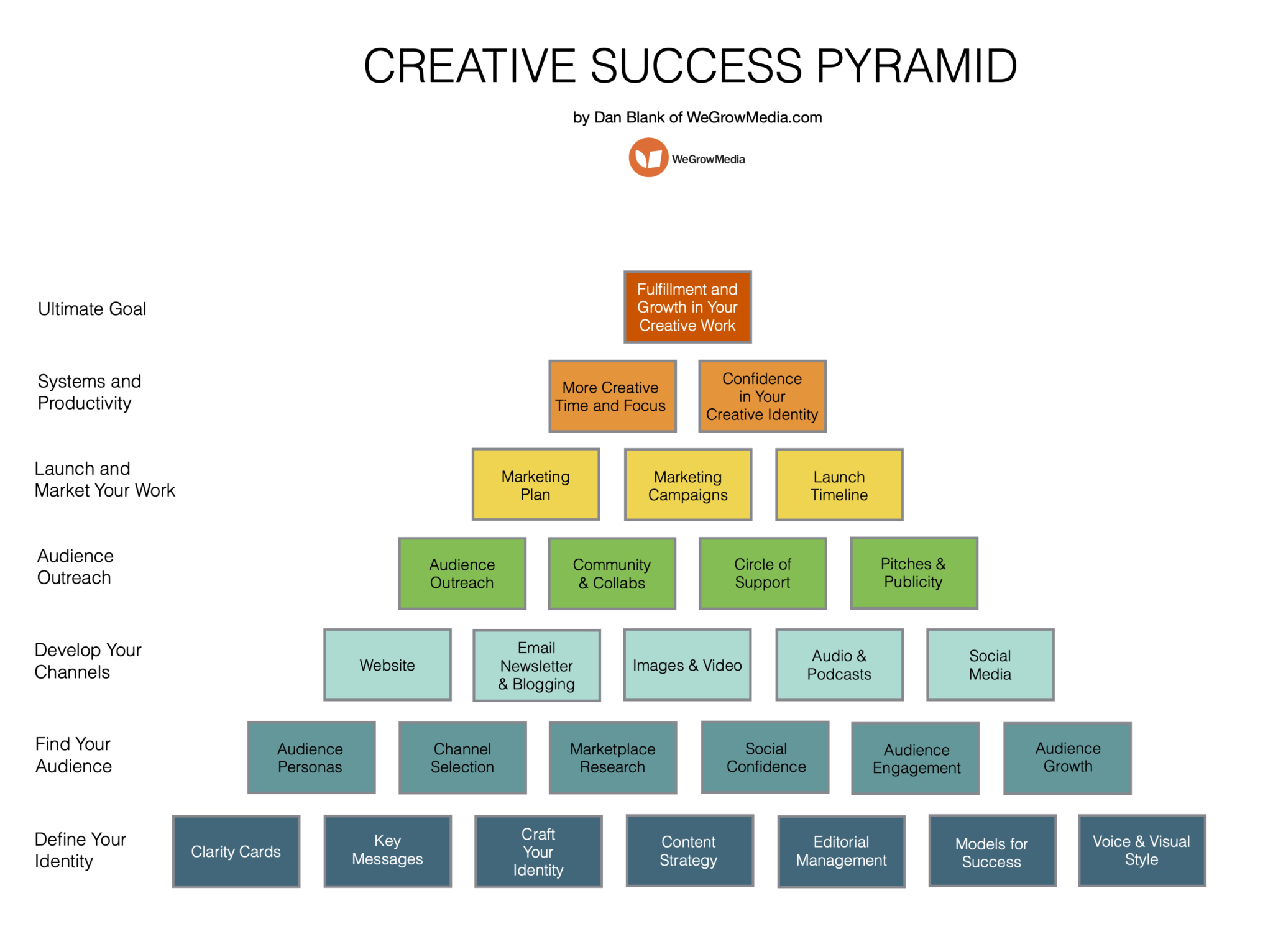
So often, when we talk about other social networks, we talk about the algorithm and AI. As writers seeking to connect with an audience, it feels like we are trying to survive based on the unknown whims of a machine. And while these things can be useful, I often think of a quote I’ve heard from Scott Johnson many years ago:
“Caring is a powerful business advantage.”
I encourage you to get involved in communities where people celebrate writing and reading. Of course, today I am focusing on the community at Substack. You don’t have to be “in the know” to get involved, you don’t need to have special access, you don’t have to keep up with trends, you don’t have to subscribe to 100 publications. Just find a few people you resonate with, and engage with them. Share their work, and recommend it.
Writers Are Getting a Seat at the Table
This week, I visited the home of Edith Wharton, first woman to win the Pulitzer Prize in Fiction. She was the author of The Age of Innocence, The House of Mirth, Ethan Frome, and many others. This is where she wrote some of her best-known books:
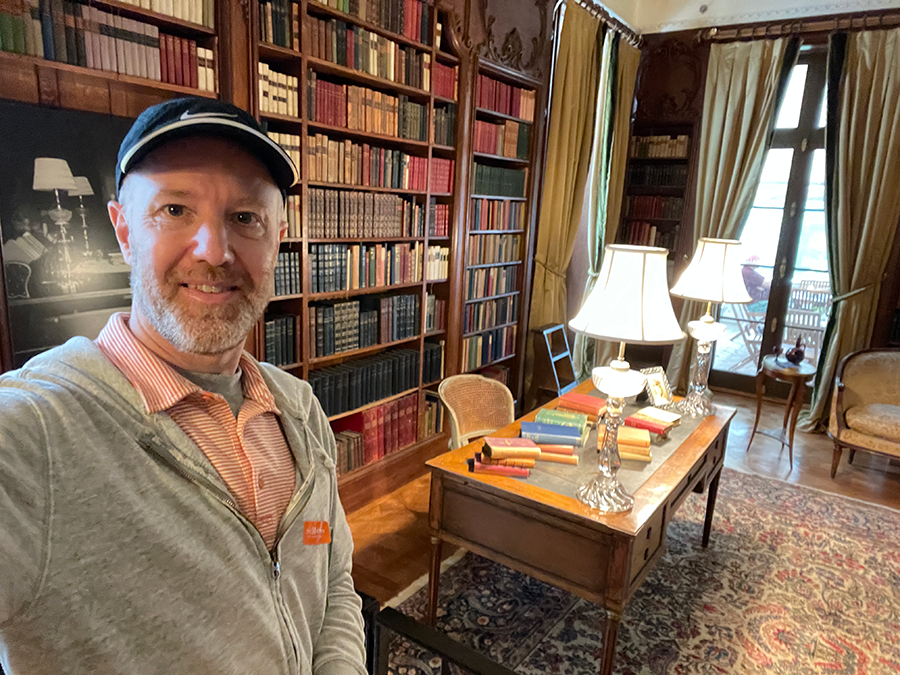
Two rooms away is the dining room, where the museum not only had place settings at the table, but photos on each chair of notable guests who would often dine with Edith. Here would be the conversations about literature, art, and design.
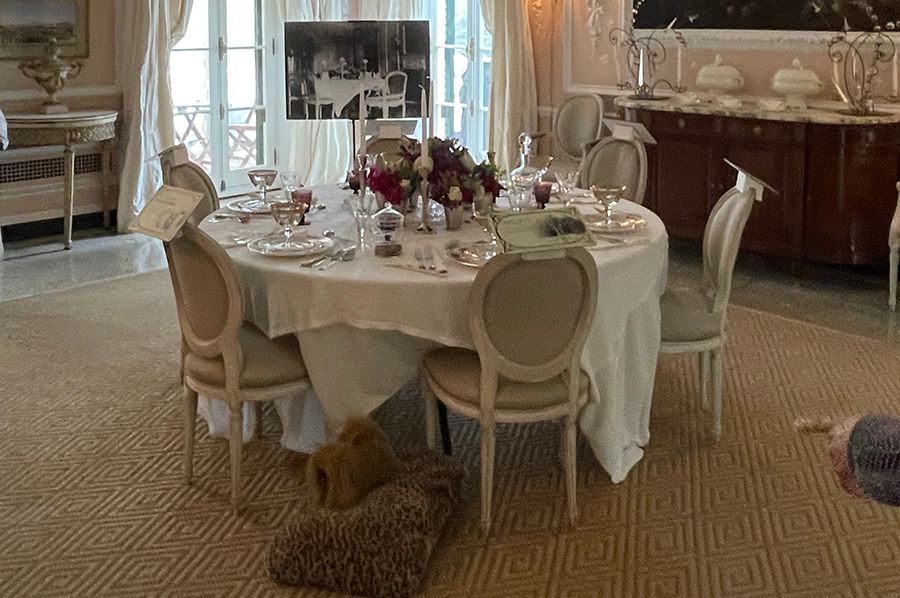
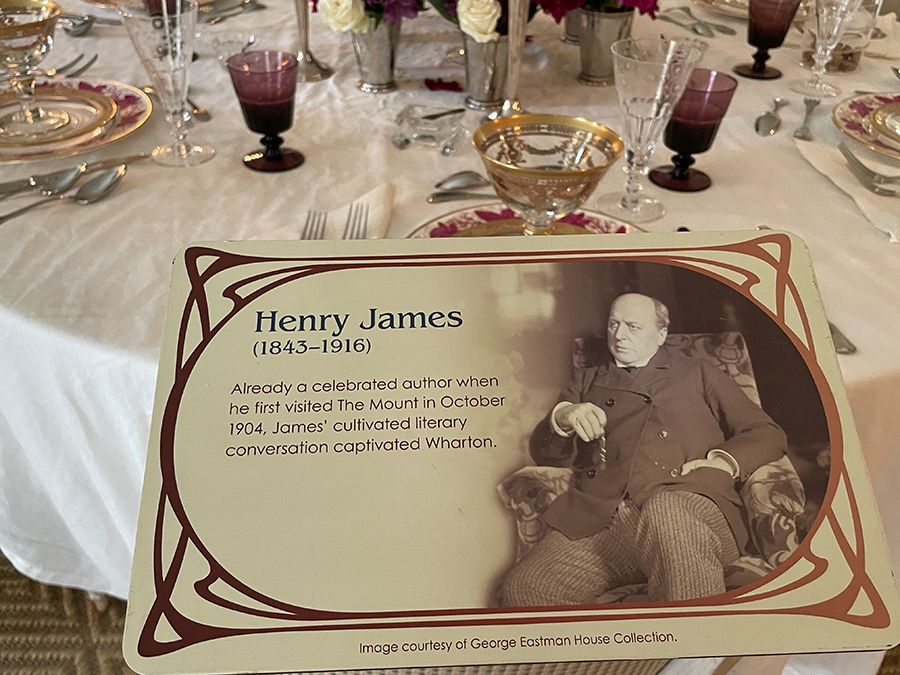
I see Substack giving writers a seat at the table. Of course, this table is so much bigger, and so much more inclusive to a wide range of people than Wharton’s. And what’s more: you get to create your own table, and invite others to join you. And to join theirs.
When I look around at Substack, I see some of the people I have known, or known of, for years, and I am able to experience their work and engage with them in new ways, including the work of Debbie Ridpath Ohi, Courtney Maum, Jami Attenberg, and many others.
But of course, I’m discovering so many new writers, as well. Here we are at the table exploring ideas, validating each other, celebrating writing. Is it work to show up to the table? Yes. But that work, I find, is important and joyful.
The impact of this also touches one of the biggest revolutions that Substack is helping writers with: getting paid. To me, they have normalized the idea that it is easy for a writer to ask for payment to support their newsletter. Does a writer need to do this? That is up to them. But I love that they have the choice.
Final note: am I telling you that if you are a writer you need to be on Substack? No. You get to choose. There are many paths and you get to choose the one that feels right to you in this moment.
Thank you for being here with me, and allowing me a seat at your table.
-Dan
